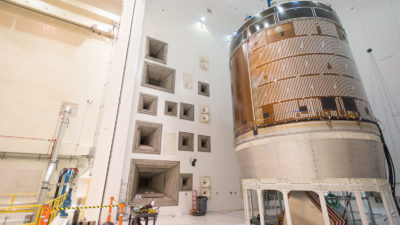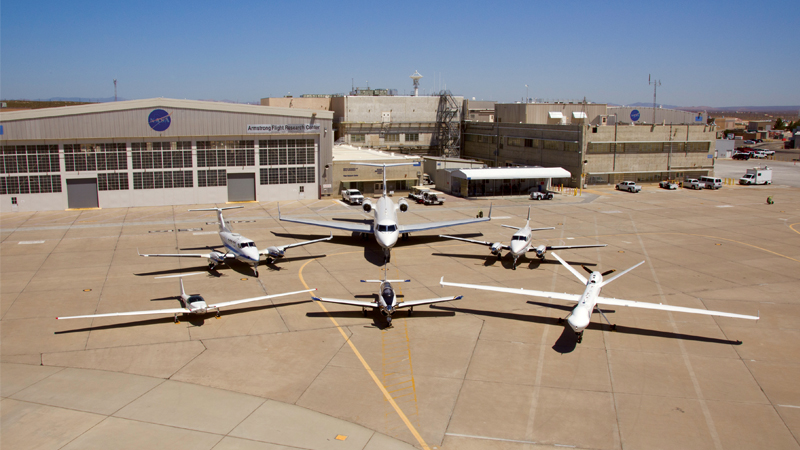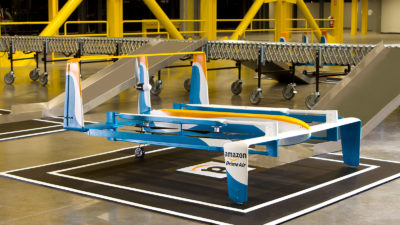Recognizing NASA’s 60th anniversary, World War I centennial
By Julian Tishkoff|December 2018
The History Aerospace Outreach Committee works to preserve the record of aerospace advances and recognize their impacts on modern society.
The 60th anniversary of NASA was Oct. 1. NASA’s Glenn Research Center recognized the milestone Sept. 29 with a tour of the center and a celebration at the Great Lakes Science Center in Cleveland. Also on Sept. 29, NASA’s Goddard Space Flight Center in Greenbelt, Maryland, hosted a space demonstration and tours of its spacecraft integration and test facility.
Of the numerous NASA accomplishments, arguably the most recognized is the July 20, 1969, landing of Neil Armstrong and Buzz Aldrin on the moon. Many commemorative 50th anniversary celebrations are planned or in progress, including one that began in 2017 and has continued through 2018. The Smithsonian National Air and Space Museum prepared a traveling exhibit, Destination Moon: The Apollo 11 Mission, including the Columbia Apollo 11 command module and more than 20 unique mission artifacts. The exhibit was at Space Center Houston from Oct. 14, 2017, to March 18, 2018; the St. Louis Science Center from April 14 to Sept. 3; and the Sen. John Heinz History Center in Pittsburgh starting Sept. 29.
The Committee on Space Research, or COSPAR, celebrated its 60th anniversary, observed at the COSPAR 42nd Scientific Assembly on July 14-22 in Pasadena, California. COSPAR consists of eight scientific commissions and 11 technical panels. It reports to its council, which is comprised of representatives of 45 national and 13 international scientific unions. It also reports to the United Nations Office for Outer Space Affairs on such topics as planetary protection and space weather.
In its 60 years, COSPAR has led efforts of global community collaboration and scientific exchanges, inspiring and publicizing the earliest missions of Apollo to the moon, Viking to Mars, Giotto to Comet Halley, and Cassini to Saturn and Titan, as well as current explorations. It addresses all space sciences, including Earth and planetary studies, astronomy and human spaceflight and has been the catalyst for not only science, but also international cooperation. COSPAR conducts space science educational activities globally, as well as scientific exchange opportunities through its workshops and symposiums.
This year included numerous centennial commemorations of events that occurred during the final year of World War I. One notable event was the founding of the British Royal Air Force, or RAF. On April 15, the Smithsonian National Air and Space Museum’s Steven F. Udvar-Hazy Center hosted the Great British Fly-In, which included RAF personnel, historical objects, lectures, and classic and modern British aircraft. The Canadian Warplane Heritage Museum’s World War II Avro Lancaster bomber participated.
A World War I commemoration also was held at the 66th annual Experimental Aircraft Association fly-in convention July 23-29 in Oshkosh, Wisconsin, with a special emphasis July 27. Many of the aircraft displayed were associated with the 100th anniversary of the RAF. Among the aircraft was a newly restored De Havilland British-designed biplane with an American-built DH4 Liberty engine.
The University of Miami Libraries Special Collections is home to the Pan American World Airways Records, documenting aviation history from 1927 to 1991. Through grants from the National Historical Publications and Records Commission in 2018, this collection, including 100,000 pages of information, was digitized in an open resource that is full-text searchable.
Contributors: Richard Hallion and Rachel Tillman
Photo: This Royal Canadian Air Force Lancaster Mk. X Bomber FM213 flew in for the Great British Fly-in at the Smithsonian Institution’s Udvar-Hazy Center outside Washington, D.C., in Virginia. Credit: Kevin Grantham



































